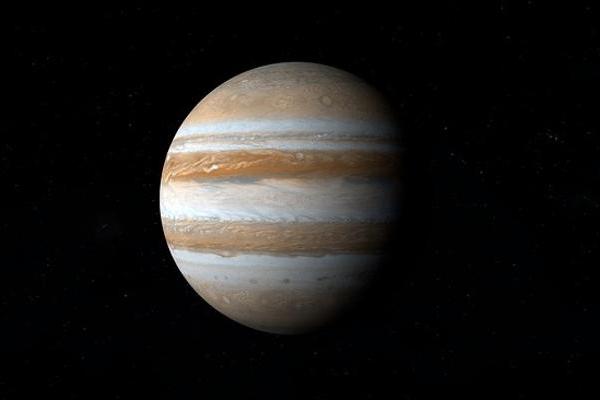At 1:35 pm Eastern Time on Monday (June 7), NASA’s Juno probe will fly within 645 miles (1038 kilometers) of Ganymede (Jupiter’s largest moon).
The instrument will begin collecting data approximately 3 hours before the closest approach of the Juno to Jupiter at 6:35 pm (1:35 pm Eastern Time).
The Juno was launched from Cape Canaveral, Florida in August 2011. It is a rotating solar spacecraft with three huge blades protruding from its cylindrical hexagonal body. Approximately 66 feet (20 meters).
After a five-year journey, the Juno reached Jupiter on July 4, 2016. It will study Jupiter from orbit and provide information for understanding its composition and temperature.
The latest celestial event will also be the closest spacecraft to Ganymede since Galileo in May 2000-approximately 645 miles (1038 kilometers) from its surface. The detection will continue until September 2025, or until the life of the probe ends.
Ganymede has a diameter of 3280 miles (5262 kilometers), which is larger than Mercury and the dwarf planet Pluto. It is the largest satellite in the solar system and the only satellite with its own magnetic field.
As Juno approaches the natural satellite, an interactive tool from NASA is providing real-time location updates. Juno will fly over Ganymede at a speed of 12 miles per second (19 kilometers per second), which means it will go from a spot of light to an observable disk in about 25 minutes, and then to A spot of light. This will give the camera on the spacecraft enough time to take five photos on the moon.
Scott Bolton, the lead researcher of Juno and of the Southwest Research Institute in San Antonio, Texas, said that through such a close flight, the exploration of Ganymede will be brought into a new level. one century.
It is reported that Juno carries a set of sensitive instruments that can observe Ganymede in an unprecedented way.
The flyby of the Juno will provide scientists with some amazing images and in-depth understanding of Ganymede’s composition, ionosphere, magnetosphere, and ice crust.
Ganymede is mainly composed of silicate rocks and icy bodies, with obvious stratification of stars: the metal iron ball in the center (the core that generates the magnetic field), the spherical rock crust (mantle) surrounding the core, and the core and the core The ice-based crust is about 497 miles thick.
Together with the ultraviolet spectrometer (UVS) and Jupiter infrared aurora plotter (JIRAM), Juno’s microwave radiometer (MWR) will detect Europa’s water ice crust to obtain data on its composition and temperature.
On its surface, this mysterious ice satellite has a huge and bright area of ridges and grooves that traverse older, darker terrain. NASA said these recessed areas are clues that the moon has experienced violent turbulence in the distant past. “There are bright and dark areas on Ganymede’s ice crust, which indicates that some places may be pure ice, while others may be dirty ice.”
The “Juneau” microwave radiometer (MWR) will conduct an in-depth investigation of how the composition and structure of ice change with depth for the first time to better understand how the ice crust is formed, and over time, the ice re-floats The continuous process of getting out of the water. Scientists speculate that 200 kilometers below the surface of Ganymede, there is a saltwater ocean sandwiched between two layers of ice.
In addition, the “Juneo” measurement of the radiation environment near the moon will also benefit the future “Jovian System” (Jupiter and its rings and moons) missions.
Translation/Foresight Economist APP Information Group
This article is from Qianzhan.com, please indicate the source for reprinting. The content of this article only represents the author’s personal views, this site only provides reference and does not constitute any investment and application advice. (If there is any content, copyright or other issues, please contact: [email protected])
.
